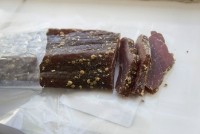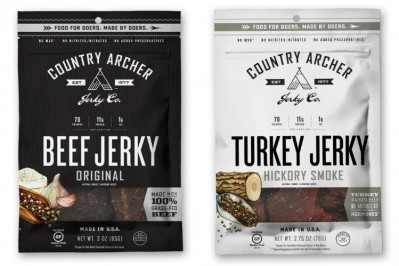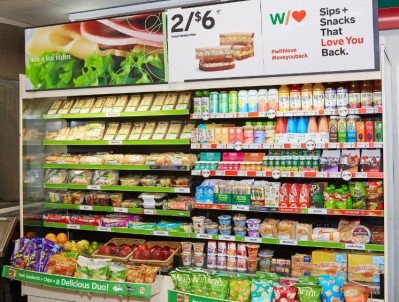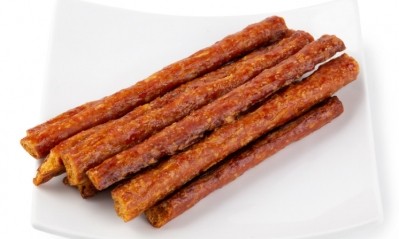Calling all meat snacks: Today is National Jerky Day
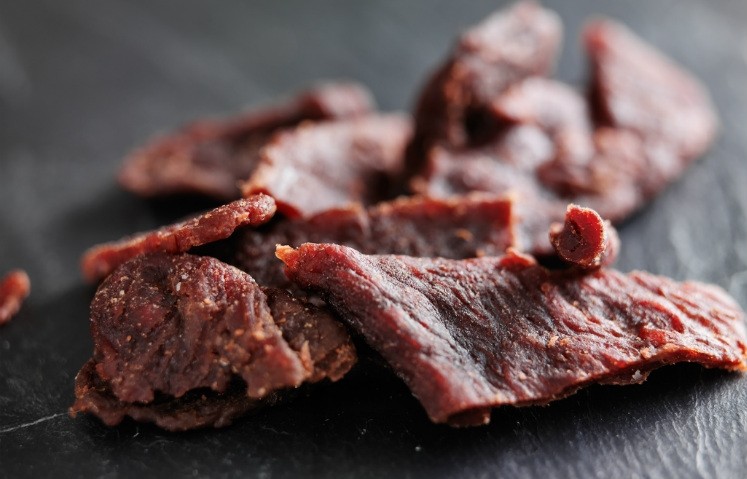
"National Jerky Day was created a number of years ago to celebrate the rich history, immense popularity and nutritional benefits of dried meat snacks," said Eric Mittenthal, VP of sustainability at the Meat Institute. "However, due to the incredible growth in product demand, we think it is time for the event to become a daily holiday."
The industry has risen steadily in the past five years, according to IBIS World, jumping 3% in 2018 to exceed $1bn in annual revenue. Sales have reached $3bn, according to Nielsen.
Nine of 10 meat snacks are made from red meat, though pork and turkey jerky have begun showing up. A few plant-based options have permeated the marketplace as well, such as the mushroom and meat dual-pack from upstart snack company Shrooms, and soy-based sticks from Kellogg's Leaf Jerky.
Biltong has also permeated the snack sphere.
Originating in the southern African countries - South Africa, Zimbabwe, Namibia, Botswana and Zambia - biltong uses a thicker slice of meat that is cured with vinegar and spices before being air dried. Unlike jerky, it is not smoked or pre-cooked. Biltong is typically made from beef, ostrich and game (like springbok, kudu and wildebeest), but is also made from chicken and fish (known as bokkoms).
"Jerky is enjoying the perfect storm of consumer trends – more frequent snacking, consumer interest in protein, reduced fat, calories and carbohydrates, minimal ingredients," said Mittenthal, adding that jerky is lightweight and relatively shelf-stable.
To further honor the day, Jack Link's is supporting Team Rubicon, a veterans' group that rebuilds homes in disaster-struck areas. For every bag consumers buy through the brand's store or at any retailer that carries the jerky, Jack Link's will donate a bag to Rubicon.
A few stats about meat snacks
- The Meat Institute defines jerky as trimmed, lean meat or poultry cut into strips, which is smoked, cooked and then dried.
- The Quechua people, native to South America near what is now Peru, likely created jerky in the 16th century by drying meat in the sun as a natural preservation technique. The word ‘jerky’ comes from the Quechua word for ‘burnt meat,’ charqui.
- Meat loses up to 75% of its original weight during the drying process but retains its nutritional value. One ounce of beef jerky clocks about 80 calories, 1g of fat and 14g of protein. An ounce of turkey jerky offers about the same amount of protein but half the fat. In fact, jerky packs 50% more protein than a two-tablespoon serving of peanut butter – and half the calories.
- Though salt is essential to make jerky, IBIS estimates there are more than 430 reduced sodium versions available on the market.
- NASA has supplied astronauts with jerky since 1996.
